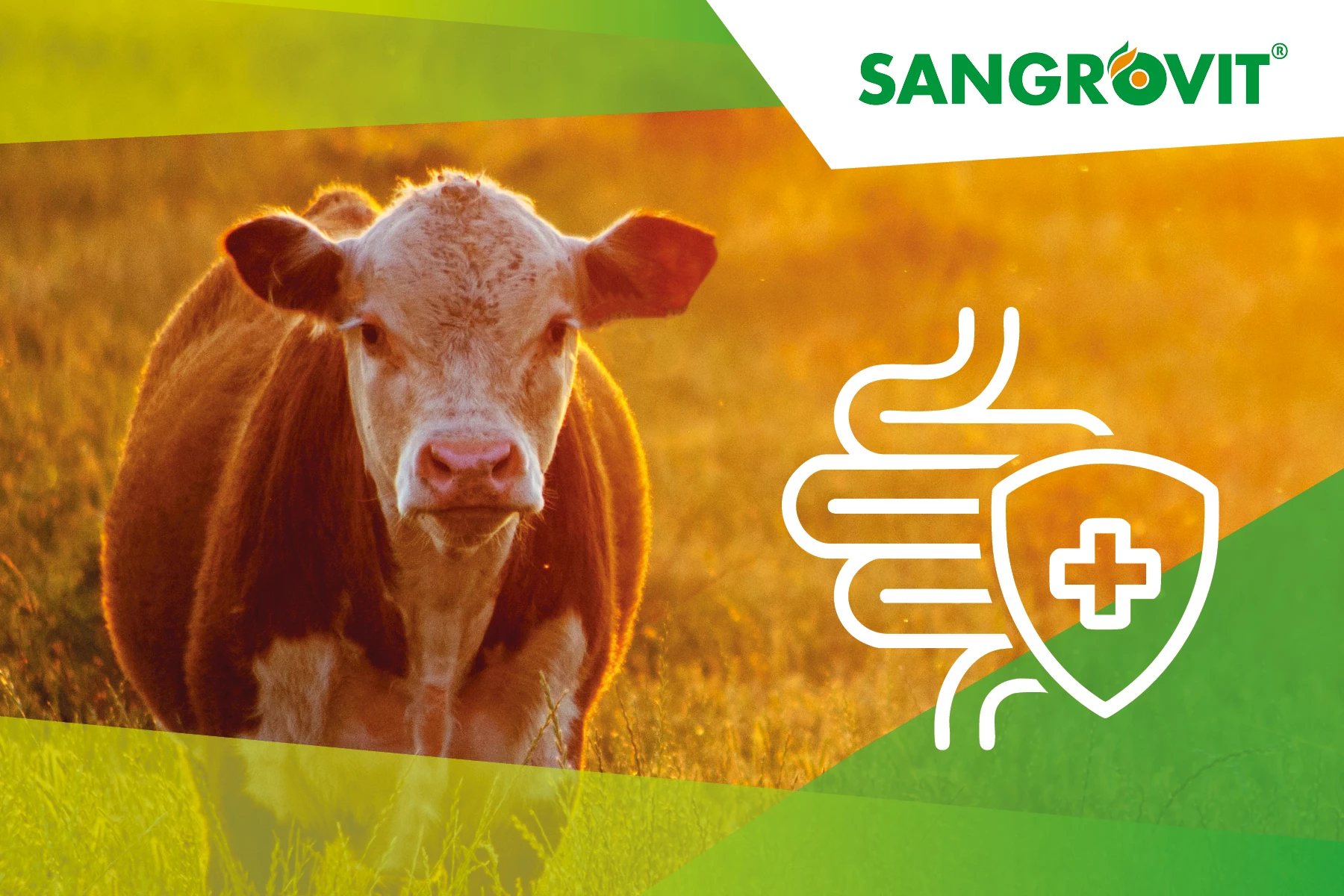
Increasing the “resilience,” or resistance of farmed animals will be a key strategy for future livestock farming. This focus has already been highlighted in the fi rst European documents outlining the post-2027 Common Agricultural Policy. The emphasis will be on creating “resilient” production systems that, can withstand increasingly critical environmental conditions caused by climate change, as well as sanitary challenges.
Cortisol levels were consistently lower in animals fed both diets containing Sangrovit® from 28 to 1 day prior to slaughter, with significantly lower cortisol levels on the day of slaughter following transportation (Chart 1).
The arrival and adaptation phase represent a particularly vulnerable period in conventional beef cattle farming. This system typically involves fattening animals from various producers, which are collected, mixed, and transported to finishing farms. These journeys often last at least half a day, and sometimes over 24 hours, with and an intermediate stop along the way (Figure 1).
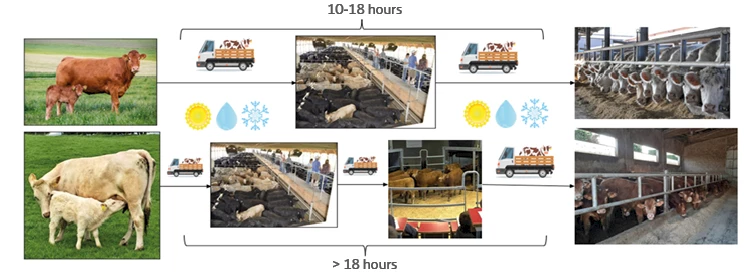
Figure 1. Schematic overview of the key stages during the collection, transport, and arrival of beef cattle at finishing farms
These transitions cause significant stress in the animals, which has a well-documented and profound impact on multiple physiological functions. Stress hormones, such as cortisol, trigger a cascade of physiological responses, most notably a pro-infl ammatory state with the production and release of cytokines and other mediators that impair immune function. This results in compromised pathogen resistance precisely when the risk of contamination between animals of diverse origins is at its highest.
These are the primary reasons why Bovine Respiratory Disease (BRD) is such a prevalent and detrimental issue in newly arrived cattle, negatively impacting both production efficiency and antimicrobial usage. Growth delays caused by respiratory disease may reduce average daily weight gain by 150–200 g/day over the entire fattening period, reaching up to 300 g/day in cases of recurrent illness (Sgoifo Rossi et al., 2013). Carcass quality is also compromised, leading to lower market value due to reduced weight, poorer conformation, and insufficient fat coverage. Scientific studies report carcass weight losses of approximately 5% per BRD episode (Gardner et al., 1999), with a 20–30% reduction in fat cover, peaking at 40% in chronic cases (Gardner et al., 1999).
In addition to immune function and the systemic effects of stress, ruminal and overall gastrointestinal health must also be considered. These functions can be significantly affected during this phase, with systemic consequences that are often underestimated.
During transport and layovers at collection centers, feed and water intake is often suboptimal or entirely lacking. Upon arrival at the farm, animals must adapt to a radically different diet, transitioning from pasture and maternal milk to compound feeds that are frequently unbalanced in terms of nutrient content, fermentability, and degradability.
These changes disrupt both ruminal and intestinal function. The gastrointestinal tract, increasingly recognized in ruminants for its role in digestive efficiency and general health, suffers from disrupted microbiota and pH imbalances under such conditions. This can lead to acidosis, increased intestinal permeability, and the translocation of antigens, toxins, and pathogens, further exacerbating the pro-inflammatory state (Eckel et al., 2016; Pinnell et al., 2022) (Figure 2). Additionally, feed restriction significantly reduces the availability of essential micronutrients, such as minerals, which are crucial for immune defense and oxidative stress response – thereby worsening systemic effects.
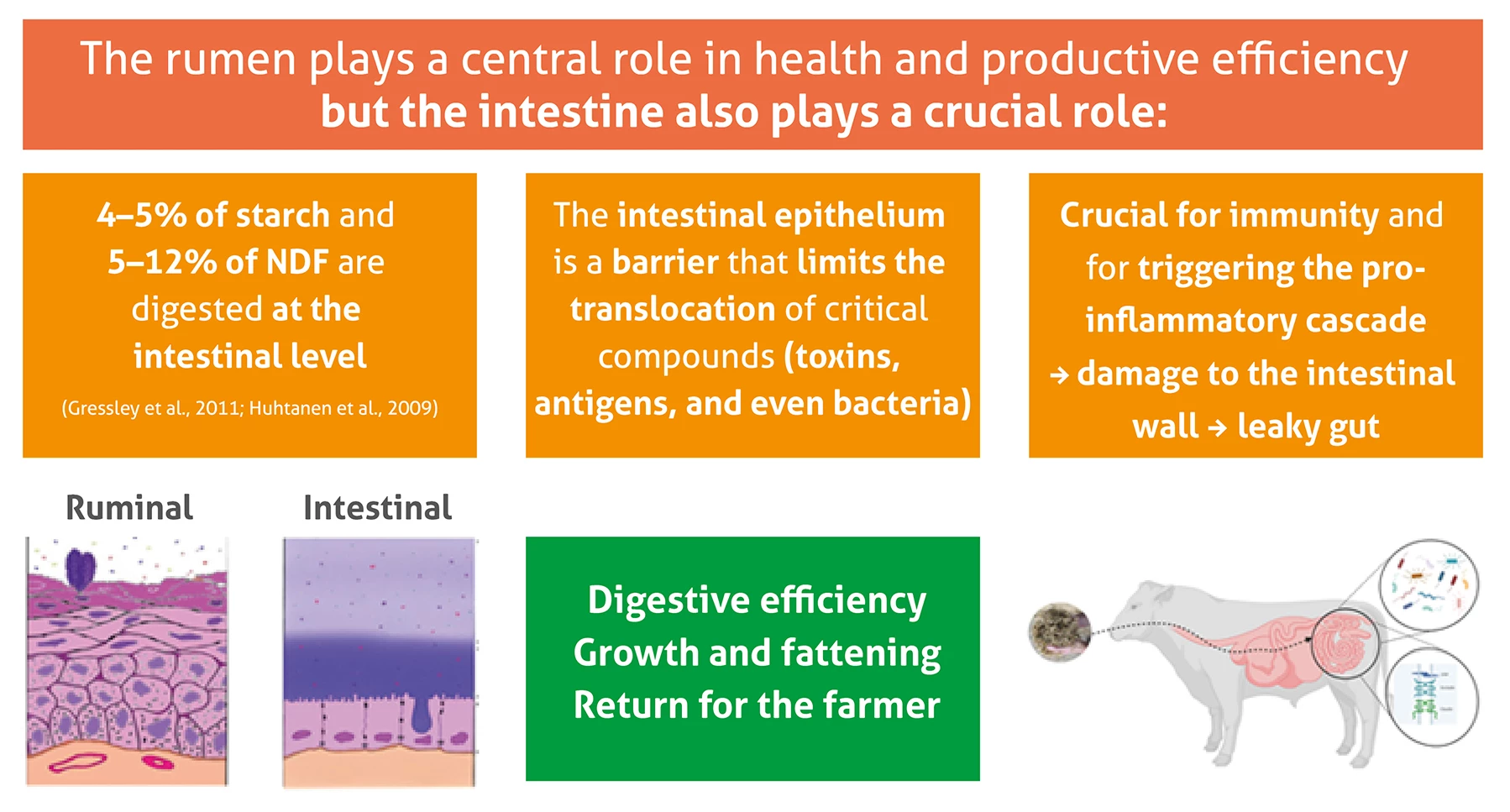
Figure 2. The essential role of the gut in the health and efficiency of beef cattle
Therefore, the arrival of cattle should be managed with great care, recognizing that some factors are beyond the farmer’s direct control and stem from pre-farm handling practices.
Management strategies must ensure comprehensive protection of the animal, addressing everything, from housing conditions (space, ventilation, bedding hygiene) to both sanitary and nutritional prophylaxis. Nutrition plays a pivotal role – not only in formulating a balanced ration tailored to the arrival phase but also in incorporating specific feed additives. These can help mitigate the effects of stress, enhance immune function, and rapidly restore normal digestive conditions.
Given these challenges, the use of a feed additive based on isoquinoline (IQ) alkaloids such as sanguinarine and chelerythrine, derived from Macleaya cordata, offers a strategic solution due to their bioactive properties that support both immune and gastrointestinal health.
Numerous studies have demonstrated that IQ alkaloids possess antioxidant and anti-inflammatory properties, which can directly modulate stress hormone production (e.g., corticosteroids) and improve intestinal health by enhancing tissue structure and integrity, ultimately reducing infl ammation.
Based on these premises, a study was conducted to evaluate the effect of a natural product containing alkaloids, derived from Macleaya cordata (Sangrovit Feed x5, Phytobiotics GmbH – Eltville, Germany), on the health status, growth, and efficiency of 30 imported French Aubrac cattle during the 60 days following arrival.
Each animal’s health status was monitored using a checklist (Table 1) and daily rectal temperature measurements. Clinical BRD cases were recorded and treated under veterinary guidance. Fecal pH – an indirect indicator of intestinal acidosis – was measured at the beginning, midpoint, and end of the trial to assess the additive’s potential protective effect on intestinal epithelium.
The study was conducted at the Experimental Teaching Farm of the Department of Veterinary Medicine and Animal Sciences, University of Milan (Via dell’Università 6, Lodi).
Upon arrival, animals were divided into two groups:
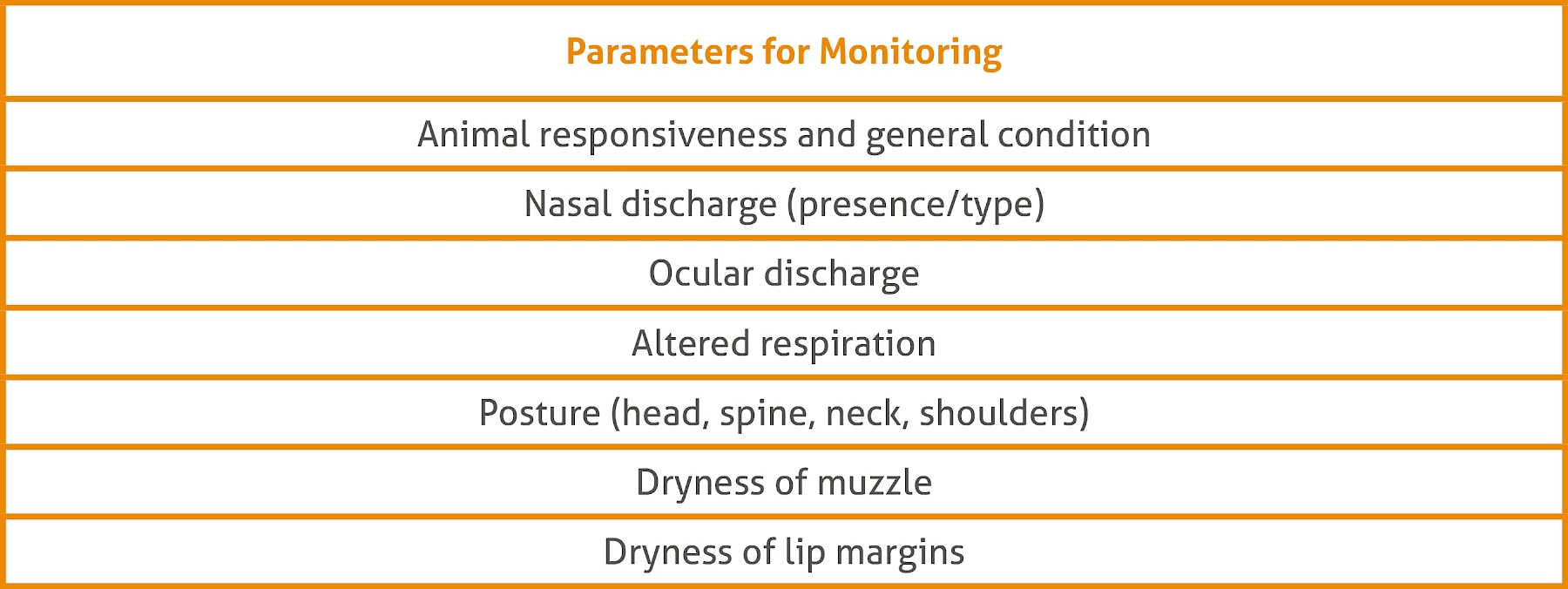
Table 1: Checklist for general health status evaluation
Body temperature is a key indicator of stress and health risks – its elevation signals the onset of a pro-inflammatory state and potential respiratory disease. In this study, the antioxidant and anti-inflammatory properties of Macleaya cordata helped maintain body temperature within normal limits, reducing spikes above the critical threshold of 39.7°C (Figure 3). The normal rectal temperature range is 38.7–39.3°C, beyond this range increase health and productivity risks.
Cattle in the treatment group exhibited significantly lower rectal temperatures throughout the study (38.7°C vs 39.9°C, P<0.0001), particularly in the first 16 days – a critical window for adaptation stress (38.7°C vs 39.1°C, P<0.0001). These animals also showed better recovery after vaccination (day 17), more quickly returning to normal temperatures (Figure 3).
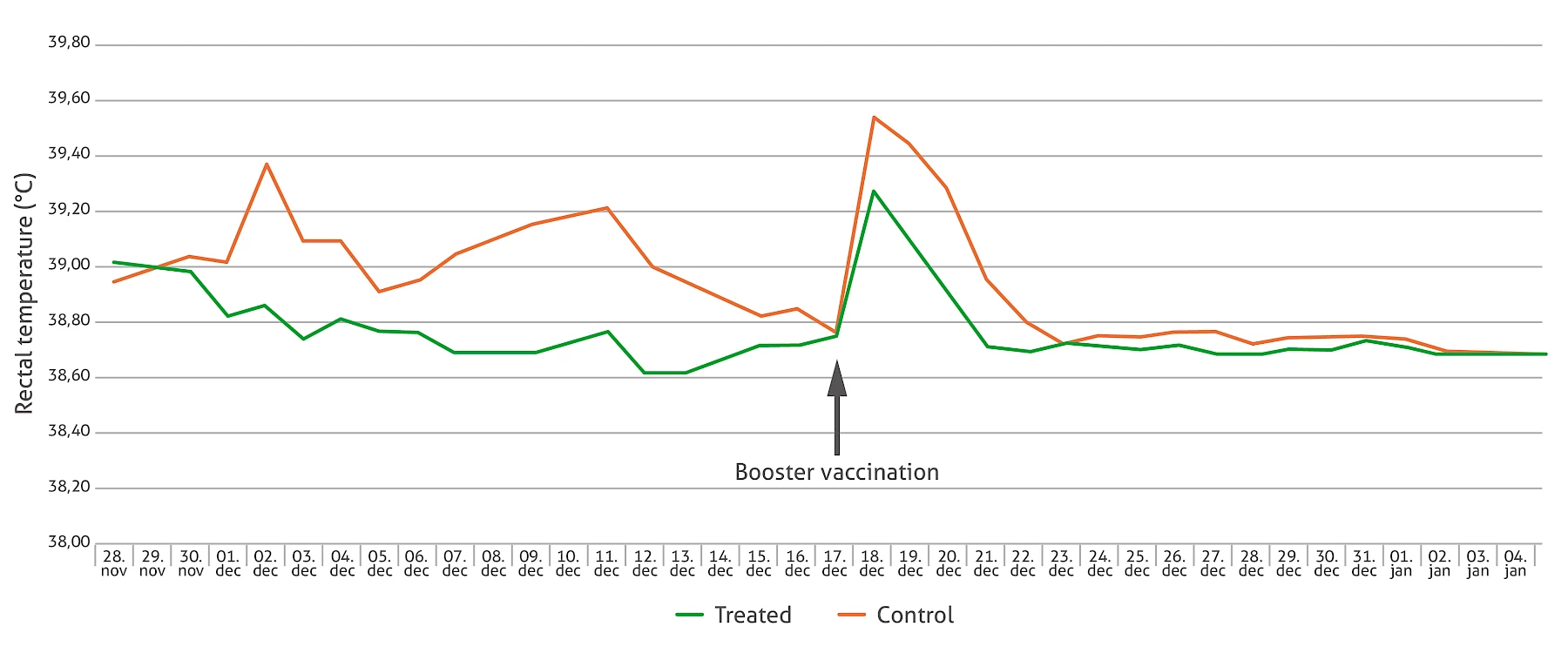
Figure 3: Rectal temperature trends over the first 60 days of fattening in both study groups
Consistently, the incidence of BRD was significantly lower in treated animals (Table 2), both in terms of morbidity and relapse rates, confirming a more responsive and efficient immune system.

Table 2: BRD morbidity and relapse rates in the two study groups
Improved health status during the adaptation phase, as evidenced by body temperature and BRD data, translated into enhanced growth performance – particularly during the first 17 days post-arrival (Table 3), a period widely recognized as the most critical for health and metabolic recovery.
This outcome aligns with other studies that report positive effects of IQ alkaloids on rumen fermentation efficiency, promoting more effective fermentative pathways (Khiaosa-ard et al., 2020).

Table 3: Average Daily Weight Gain (ADWG) during the 60-day trial
The improved health and growth observed in the treated group can be attributed to the isoquinoline alkaloids in Macleaya cordata, whose antioxidant and anti-inflammatory effects have been confirmed in various livestock species (Wang et al., 2021; Lee et al., 2015). These compounds act both systemically – reducing oxidative stress and inflammation while supporting immune function – and locally, by maintaining intestinal epithelial integrity under stress (Chen et al., 2018, 2019).
This was also evident in the current study, where fecal pH – an indirect marker of intestinal stability – was significantly more favorable in the treated group by the end of the adaptation phase, as feed energy levels increased (Figure 4).
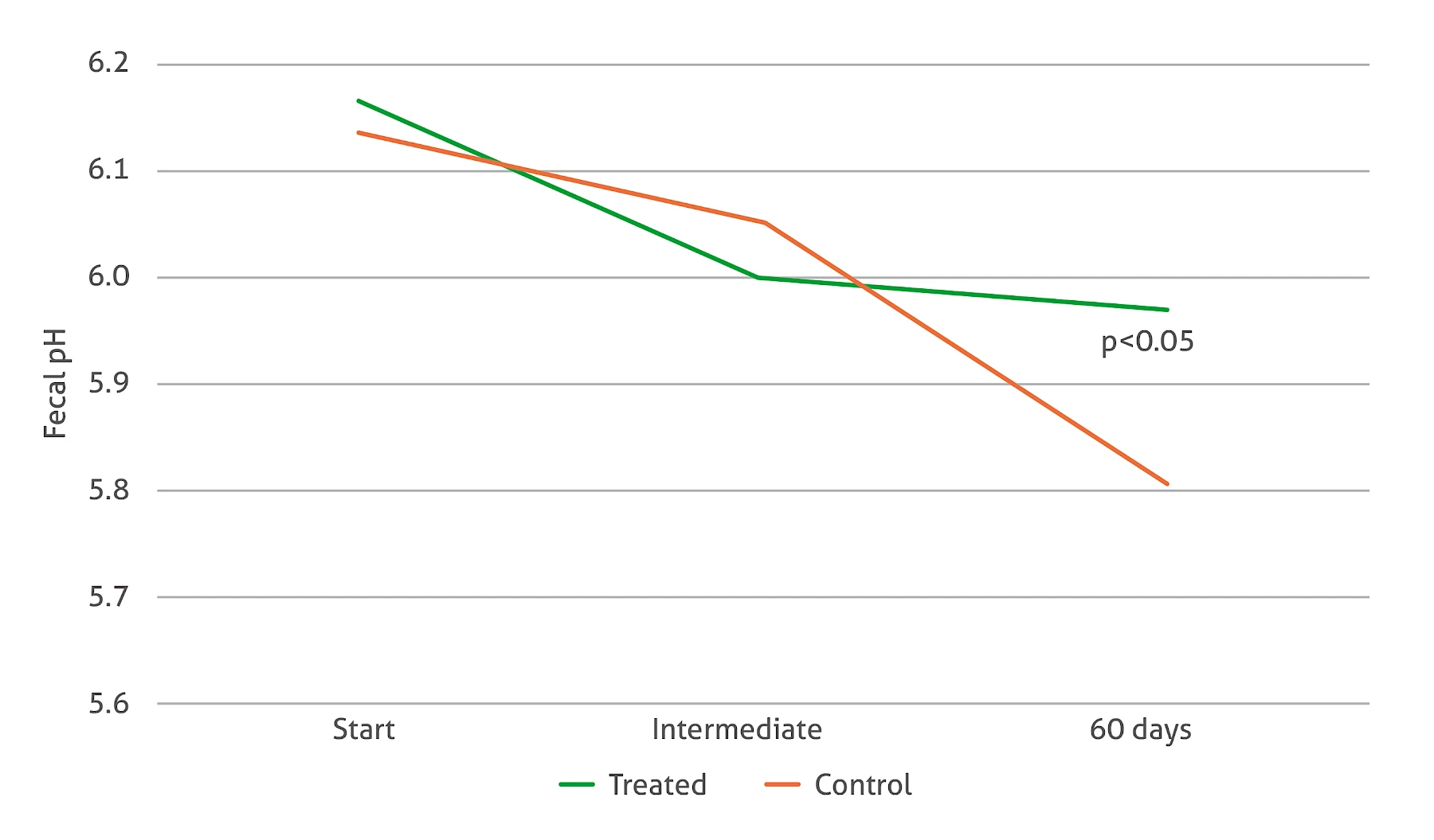
Figure 4: Fecal pH in the study population
In summary, the natural product containing isoquinoline alkaloids enhanced the resilience of newly arrived beef cattle during the critical adaptation period by reducing health disorders and accelerating physiological and digestive recovery. This long-standing objective is now more crucial than ever in addressing the challenges faced by the livestock sector including economic sustainability, production ethics, animal welfare, and minimizing the use of pharmaceutical agents.
Kontaktieren Sie unsere Experten oder schicken Sie uns eine Nachricht. Wir melden uns schnellstmöglich bei Ihnen.